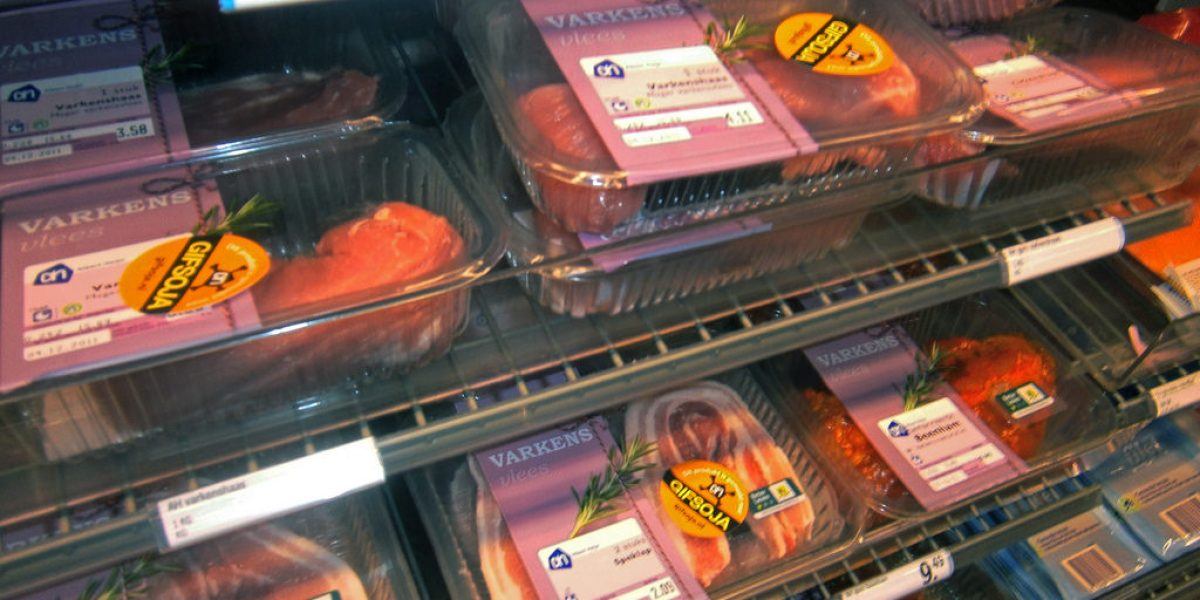In particular, the poor adoption of modern farming techniques constitutes a serious challenge to African agriculture in general. This situation is untenable especially at a time when agricultural biotechnology is being increasingly used to bolster food production in a number of countries across the world. While this technology is not a panacea, its contribution could go a long way towards alleviating the effects of climate induced droughts and concomitant human starvation.
Yet this is highly contested terrain. The polarized global debate over the safety of genetically modified organisms (GM) and their products to human health and the environment negatively affects SADC countries’ uptake of this technology. Apart from safety concerns these countries have been careful to take regulatory measures that would not offend their powerful external trading partners, especially in the European Union.
This pathbreaking book argues for an enlightened GM regulatory approach in SADC that is fully informed by domestic realities and needs. Its chapters highlight some of the causes of and challenges posed by food insecurity in the region; stress the need for the adoption of biotechnology within a responsive regulatory environment that would allow maximum benefits from this technology while mitigating its associated risks; and stress the need for harmonization of such regulatory frameworks in order to foster trade in GM products and to ensure that GM food (food aid or commercial purchases) can be economically and efficiently transported from surplus areas to drought-induced deficit areas. In addition, African countries are urged to continue to participate actively in global food aid policy making bodies so as to safeguard their interests.
ISBN: 1-919969-10-1








